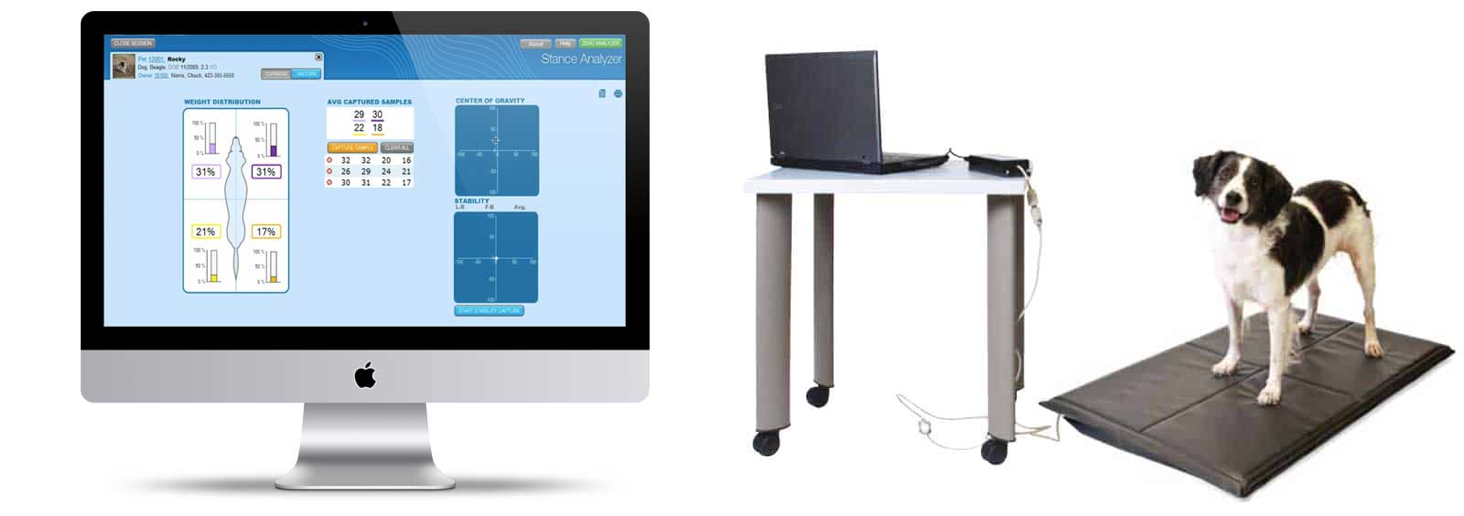Laurie's Blogs.
Mar 2019
What outcomes do you choose?

This blog stems from a question sent to me about use of gait analysis platforms. (Members can find the Q & A in the Forum). Essentially, the question was what I thought about using a gait analysis platform in clinical practice. I’ll cut to the end – if they were less expensive, then maybe yes. However, they’re not… so from a technology standpoint, I’d go with the stance analyzer, and a simple gait analysis app for your phone or ipad.
However, as part of my response I was led to the following paper:
Hyytiäinen HK1, Mölsä SH, Junnila JT, Laitinen-Vapaavuori OM, Hielm-Björkman AK. Ranking of physiotherapeutic evaluation methods as outcome measures of stifle functionality in dogs. Acta Vet Scand. 2013 Apr 8;55:29. doi: 10.1186/1751-0147-55-29.
You can actually get the full paper online! (I love when that happens!)
https://www.ncbi.nlm.nih.gov/pmc/articles/PMC3630007/
I’m just going to cut and paste the abstract for everyone here:
Abstract
BACKGROUND:
Various physiotherapeutic evaluation methods are used to assess the functionality of dogs with stifle problems. Neither validity nor sensitivity of these methods has been investigated. This study aimed to determine the most valid and sensitive physiotherapeutic evaluation methods for assessing functional capacity in hind limbs of dogs with stifle problems and to serve as a basis for developing an indexed test for these dogs. A group of 43 dogs with unilateral surgically treated cranial cruciate ligament deficiency and osteoarthritic findings was used to test different physiotherapeutic evaluation methods. Twenty-one healthy dogs served as the control group and were used to determine normal variation in static weight bearing and range of motion. The protocol consisted of 14 different evaluation methods: visual evaluation of lameness, visual evaluation of diagonal movement, visual evaluation of functional active range of motion and difference in thrust of hind limbs via functional tests (sit-to-move and lie-to-move), movement in stairs, evaluation of hind limb muscle atrophy, manual evaluation of hind limb static weight bearing, quantitative measurement of static weight bearing of hind limbs with bathroom scales, and passive range of motion of hind limb stifle (flexion and extension) and tarsal (flexion and extension) joints using a universal goniometer. The results were compared with those from an orthopaedic examination, force plate analysis, radiographic evaluation, and a conclusive assessment. Congruity of the methods was assessed with a combination of three statistical approaches (Fisher's exact test and two differently calculated proportions of agreeing observations), and the components were ranked from best to worst. Sensitivities of all of the physiotherapeutic evaluation methods against each standard were calculated.
RESULTS:
Evaluation of asymmetry in a sitting and lying position, assessment of muscle atrophy, manual and measured static weight bearing, and measurement of stifle passive range of motion were the most valid and sensitive physiotherapeutic evaluation methods.
CONCLUSIONS:
Ranking of the various physiotherapeutic evaluation methods was accomplished. Several of these methods can be considered valid and sensitive when examining the functionality of dogs with stifle problems.
Halleluiah! These tests are not only simple, they are valid and sensitive to a stifle problem! So, if you’re in clinical practice, you don’t need the $40,000 bells and whistles, you can get by with functional tests, simple tools, and if you’ve got a few extra dollars, I quite like the Stance Analyzer as an objective outcome measurement tool.


